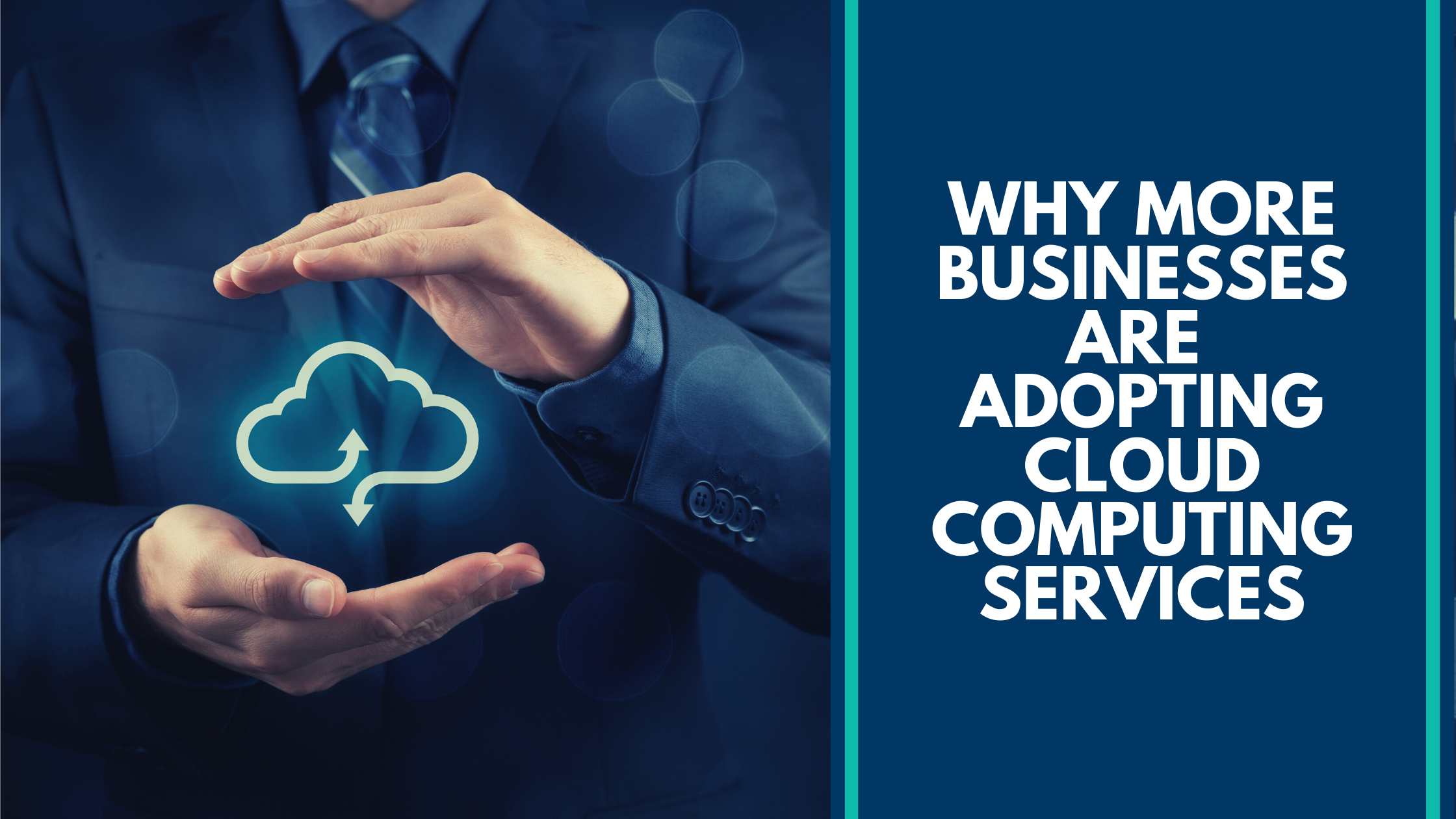According to The Global Cloud Index’s Projection, Cloud Traffic will represent 95% of Total Data Centre Traffic by the end of 2021!
Cloud computing for dummies
Traditionally, businesses have relied on IT infrastructures comprised of hardware connected to a network and installed on the premises, enabling access to the business’s data and applications to all authorized personnel.
The “Cloud” is an external real-time virtual environment that enables a business to outsource the hosting of all its applications, software, and services rather than relying on an on-site infrastructure.
The Problem?
Businesses relying on the conventional IT model incur exorbitant costs arising from massive IT infrastructures like equipment procurement, continuous maintenance and updating, storage, cooling, and installation. Higher implementation time and scalability of the existing IT infrastructure (when compared to the Cloud) to support more users also creates significant challenges.
Key Takeaways:
- The cloud computing revolution presents a contemporary approach to managing business needs of a long-term nature.
- The advent of cloud computing has made the limitations of traditional technological environments more apparent than ever.
- Businesses hesitant to embrace cloud computing stand to lose.
Here we underscore the viability of making a move to the cloud by briefly highlighting some of cloud computing’s key benefits:
1. Cost Savings
The Cloud can help achieve game-changing cost-effectiveness because cloud providers are responsible for the IT infrastructure, upgrades, hardware maintenance, and software. The subscription-based model enables businesses to pay per the needs of each user and only incur operating costs instead of larger capital expenditures.
2. Scalability
Every business expands or undergoes changes triggered by economic/political conditions, which also impacts its IT requirements. Cloud solutions seamlessly accommodate such changes with responses driven by upscaling or downsizing, paving the way for sustainable growth and helping navigate the rapidly evolving business environment.
3. Security
Since cloud services store information on servers that aren’t controlled directly by a business, they minimize the security risks arising from on-premise infrastructures. Cloud backups not only mitigate the lurking threats of ransomware but ensure continuity of operations by eliminating downtimes
4. Equipment upgrades & Maintenance
Catering to downtimes for upgrades and costly maintenance is one of the most common issues organizations with on-premise infrastructures encounter. The cloud makes frequent maintenance possible. This ensures user access to the latest software and eliminates the cost of annual equipment refreshes.
5. Enhanced Connectivity & Collaboration
Cloud computing services also enable global collaboration. The streamlined collaboration process ensures more work gets done in less time which helps build a “work-on-the-go” culture.
A Cloud Computing Success Story
McKinsey’s research shows that Netflix has appeared as one of the biggest beneficiaries of cloud technology by achieving a 99.99% uptime and IT costs falling to a fraction of its on-premise data center.
Weighing the decision to migrate to the cloud?
If you’re still wondering whether you should migrate to the Cloud, you might already be lagging behind most of your competition. With the help of an MSP, harnessing the potential of cloud computing services to streamline operations can help your business become future-proof. By building robust cloud computing solutions, you can scale your server needs at a much faster rate than on-premises infrastructure. Contact us today to learn how we can help your business move to the cloud.

